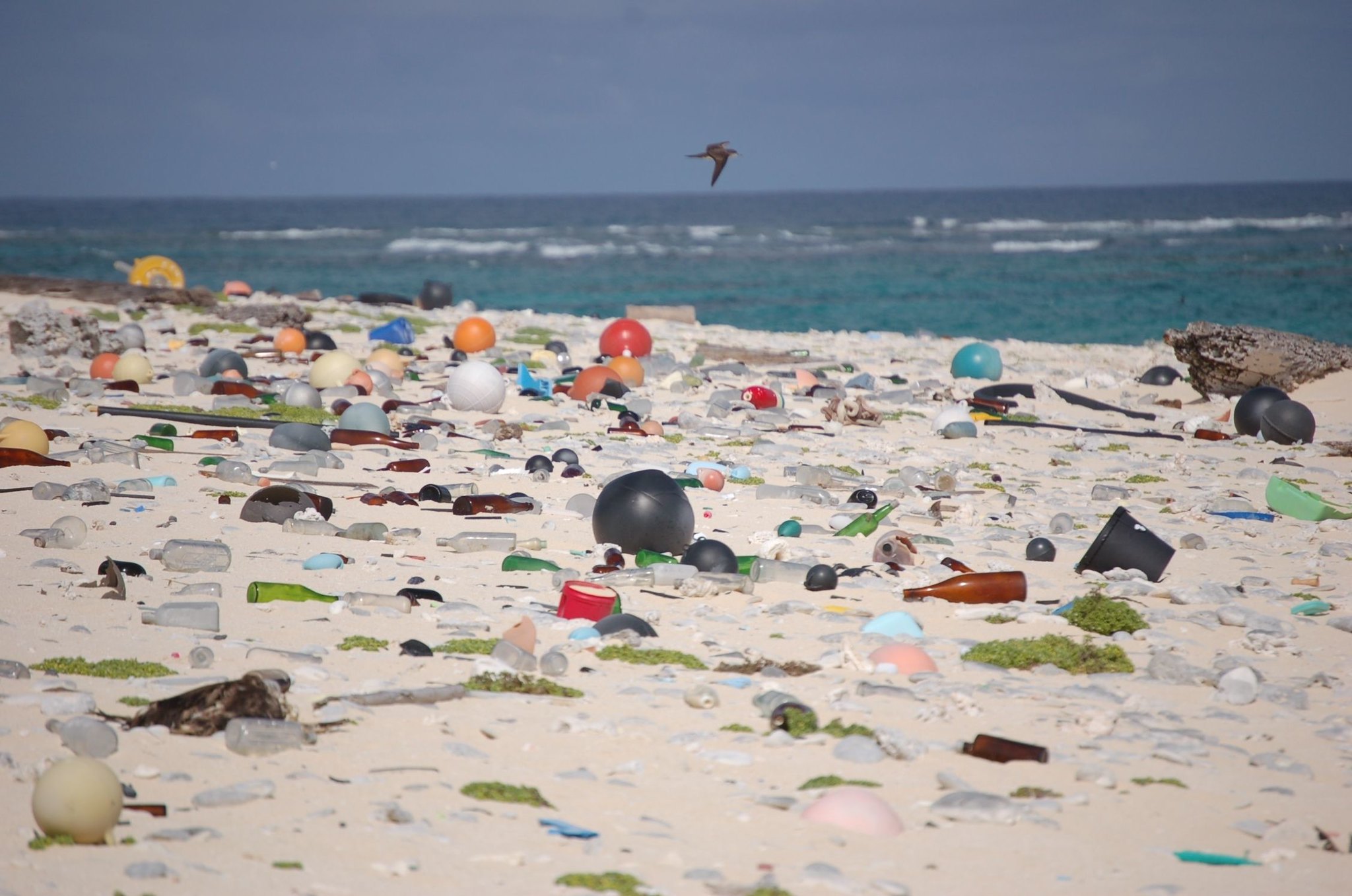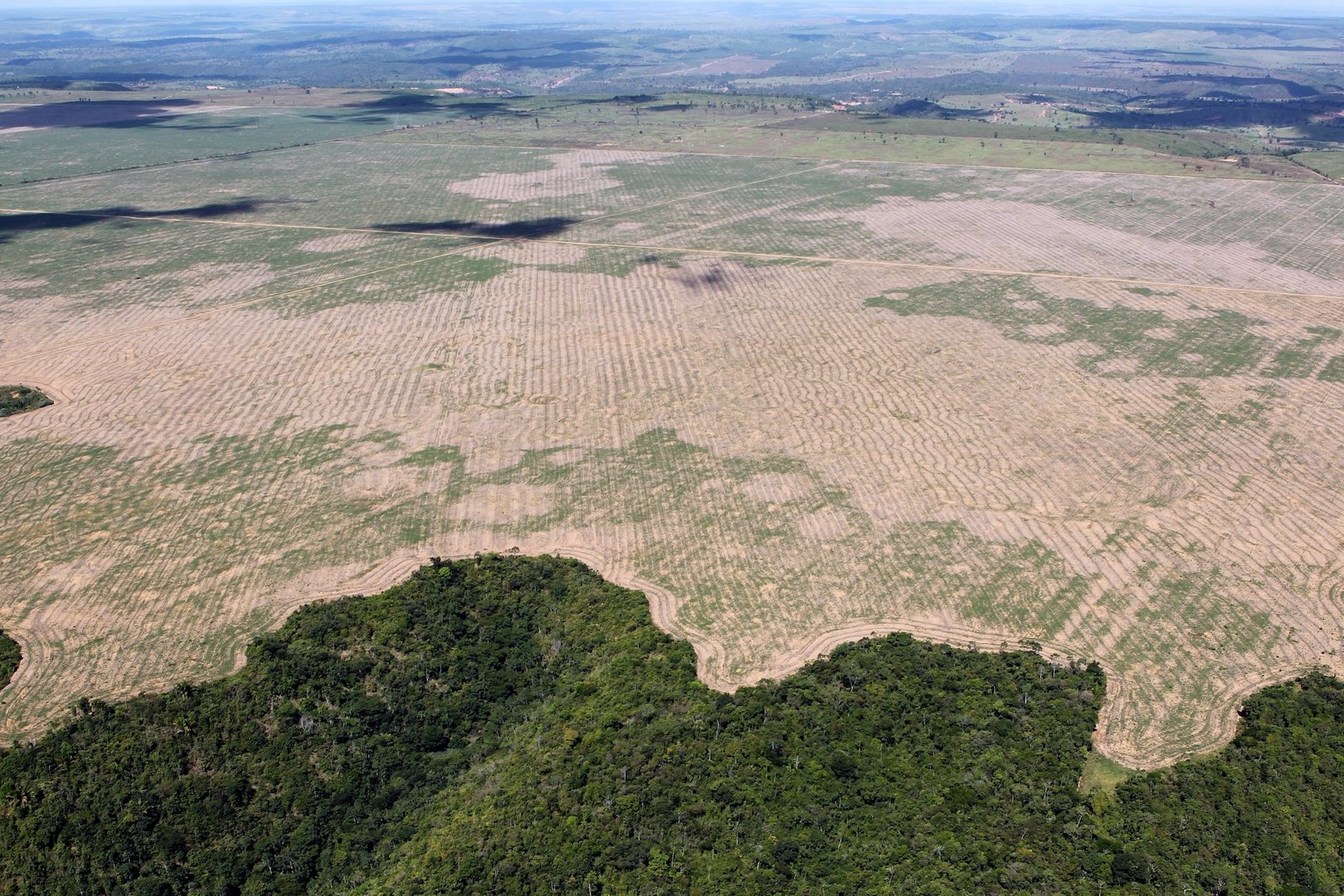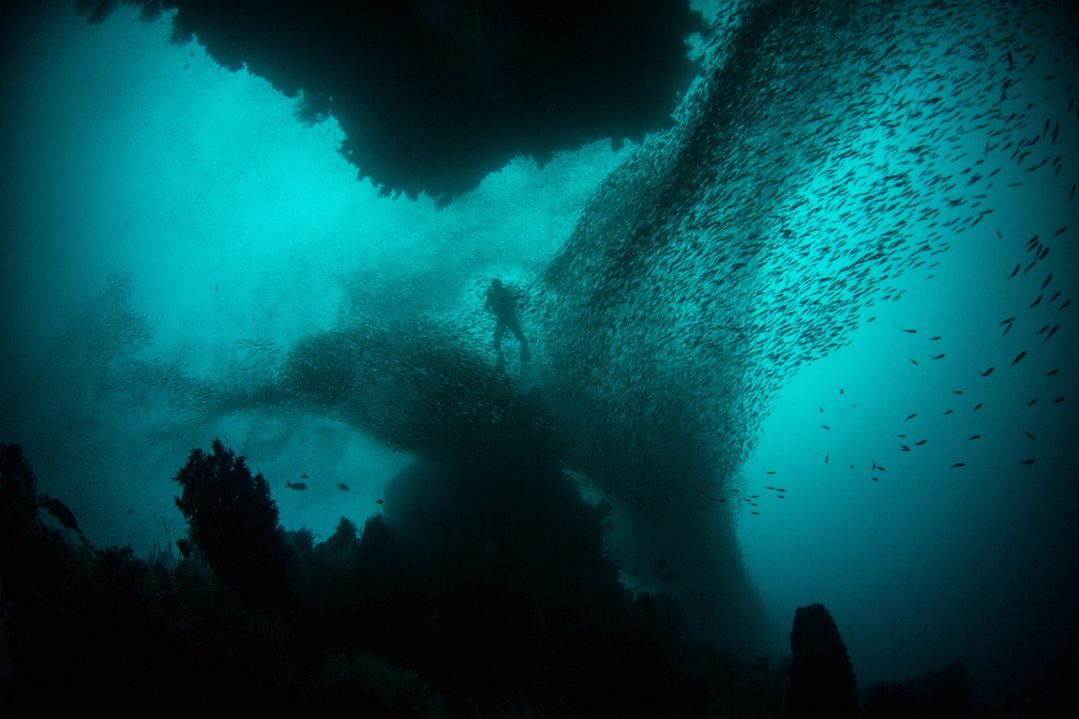
by DGR News Service | Jul 28, 2020 | Alienation & Mental Health, Listening to the Land, Movement Building & Support
This Wild Mind Intensive program is offered by the Animas Valley Institute to Deep Green Resistance organizers, allies, and supporters. It will be held near Portland, Oregon in the United States.
“Wild Mind” Intensive for Activists & Revolutionaries
Those who confront oppression and destruction often struggle with profound stress and disconnection. This intensive aims to help you access deeper wellsprings of strength through connection to wild mind. Imagine what it would be like if nature and dreams were your primary guides.
Healthy, mature cultures emerge from the depths of our psyches and from the Earth’s imagination acting through us — through encounters on the land, dreams, and our visionary self.
In his book Dreams, the author Derrick Jensen wrote: “That we come to the earth to live is untrue: We come but to sleep, to dream…dreams are living, willful beings.”
The cultures of nature-based and indigenous peoples are rooted in their mythology and their relationship with Earth.
Modern culture not only lacks these qualities, but actively mocks them. Yet, the revolutionary potential of our dreams, visions, and encounters in the other-than-human world await us nonetheless, for those who can break through these barriers. Through Bill Plotkin‘s Nature-Based Map of the Human Psyche, a holistic model rooted in the four-directions, we can access our innate human potentials that we may not even have known existed, cultivate their powers, and integrate them into our everyday lives. We can also contact our fragmented and wounded sub-personalities which formed to protect us in childhood, but may now have become barriers to our authentic humanity.
Later in Dreams, Derrick Jensen asks “how would you live this life, if you fully internalized and realized the implications of participating in a vibrant, living, meaningful universe?”
In this 5-day intensive, you can begin to reclaim and embody your original human wholeness and experientially explore your human psyche as a unique expression of the universal forces of nature. You will engage in nature-based practices to cultivate your fourfold wholeness, create more beneficial relationships with your sub-personalities, and commit yourself to the largest story you’re capable of living in service to the greater Earth community.
“All human beings are descendants of tribal people who were spiritually alive, intimately in love with the natural world, children of Mother Earth. When we were tribal people, we knew who we were, we knew where we were, and we knew our purpose. This sacred perception of reality remains alive and well in our genetic memory. We carry it inside of us, usually in a dusty box in the mind’s attic, but it is accessible.”
–John Trudell
Discover new ways to resource yourself and inspire your defense of the more-than-human world.
Enhance your resilience and adaptability for the challenges of these times. Converse with the natural world. Listen to your dreams. Track what arises in your body, heart, and deep imagination. Engage in the practices of council, creative expression, self-designed ceremony, wandering on the land, movement, and soul poetry. Become clearer about the particular gifts and purpose you were born to offer the world.
“I’m not suggesting we call on those on other sides in lieu of fighting back. Quite the opposite: I’m suggesting we try to learn to listen better so that we may gain whatever assistance they may be able to give us.” – Derrick Jensen, Dreams
The land and our dreams support both evolution and revolution. By cultivating our wholeness and accessing our visionary capacities, we become co-creative partners with Earth.
“Why is the world being destroyed? In large part, the answer lies with consent…From birth, we are trained to obey authority…If resistance is a muscle, then our situation — a world wracked by global warming, species extinction, imperial war, resource extraction, and systematic violence against women, people of color, and the poor — calls for us to start training.”
– Max Wilbert, Practicing Lawbreaking (Deep Green Resistance Guest Speaker for this program)
Rescheduled from the original June 2020 dates. You can see the program here:
https://animas.org/event-registration/?ee=364
This is an all camping program. Participants are responsible for bringing their own lunches/snacks and will be forming meal teams to provide/prepare breakfast and dinner. Scholarship monies have already been applied to program cost. CoViD-19 precautions will be observed.

by DGR News Service | Jul 27, 2020 | Toxification
In this article Elizabeth Claire Alberts describes Charles Moore’s discovery of microplastics throughout the ocean, freshwater rivers and lakes, and even in mist and rain.
‘Our life is plasticized’: New research shows microplastics in our food, water, air
by Elizabeth Claire Alberts / Mongabay
- Microplastics, plastic pieces smaller than 5 millimeters, have become increasingly prevalent in the natural world, and a suite of studies published in the last three years, including several from 2020, shows that they’ve contaminated not only the ocean and pristine wildernesses, but the air, our food, and even our bodies.
- Past research has indicated that 5.25 trillion plastic pieces are floating in the ocean, but a new study says that there are 2.5 to 10 times more microplastics in the ocean than previously thought, while another recent study found that microplastic “hotspots” could hold 1.9 million pieces per square meter.
- Other emerging research suggests that 136,000 tons of microplastics in the ocean are being ejected into the atmosphere each year, and blowing back onto land with the sea breeze, posing a risk to human health.
- Microplastics are also present in drinking water, and edible fruits and vegetables, according to new research, which means that humans are ingesting microplastics every day.
In 1997, Charles Moore was sailing a catamaran from Hawaii to California when he and his crew got stuck in windless waters in the North Pacific Ocean. As they motored along, searching for a breeze to fill their sails, Moore noticed that the ocean was speckled with “odd bits and flakes,” as he describes it in his book, Plastic Ocean. It was plastic: drinking bottles, fishing nets, and countless pieces of broken-down objects.
“It wasn’t an eureka moment … I didn’t come across a mountain of trash,” Moore told Mongabay. “But there was this feeling of unease that this material had got [as] far from human civilization as it possibly could.”
Moore, credited as the person who discovered what’s now known as the Great Pacific Garbage Patch, returned to the same spot two years later on a citizen science mission. When he and his crew collected water samples, they found that, along with larger “macroplastics,” the seawater was swirling with tiny plastic particles: microplastics, which are defined as anything smaller than 5 millimeters but bigger than 1 micron, which is 1/1000th of a millimeter. Microplastics can form when larger pieces of plastics break down into small particles, or when tiny, microscopic fibers detach from polyester clothing or synthetic fishing gear. Other microplastics are deliberately manufactured, such as the tiny plastic beads in exfoliating cleaners.
“That’s when we really had the eureka moment,” Moore said. “When we pulled in that first trawl, which was outside of what we thought was going to be the center [of the gyre], and found it was full of plastic. Then we realized, ‘Wow, this is a serious situation.’”
This new research shows that there’s actually a larger quantity of plastic in the ocean than previously thought, and that the plastic even enters the atmosphere and blows back onto land with the sea breeze. Recent studies also indicate that plastic is infiltrating our bodies through food and drinking water.
Originally published on 15 July 2020. Read the rest of the article here: https://news.mongabay.com/2020/07/our-life-is-plasticized-new-research-shows-microplastics-in-our-food-water-air/
Featured image: Marine debris litters a beach on Laysan Island in the Hawaiian Islands National Wildlife Refuge, where it washed ashore. Image by Susan White / USFWS.

by DGR News Service | Jul 25, 2020 | Gender, Male Violence, Women & Radical Feminism
Trinity La Fey writes of sharing walls with abusers, of poverty and work, of finding radical feminism, and of navigating relationships in the midst of a patriarchal society.
By Trinity La Fey
Background is always tedious; I’ll try not to bore. Poverty, racism and sexism were not things I gradually discovered. I spent early years with a ranch-based family, that I had no idea I wasn’t related to, that called me their n!&*$r baby when I reflexively braided my hair into manageable bits. We were all pale as the moon, all American mixed. Their racism confused me because I knew that we were not 100% whatever white was. Children get it. Coming from ranch families that had the grandmother trauma of the depression made the family frugal to the point of neglect. The single man coming from this environment who was responsible for the lives of my brother and I was destitute. There was no one to mitigate his desperate rage and isolation, or inherited, old-timey sexism. We had the lot of landing with a genuine psychopath, but those circumstances would have pushed even the most outstanding person. Because the level of violence and impunity was so extreme, however, there was just no getting out of it (sane or otherwise) without putting a few things together, both about how social power works and the difference between self-discipline, or self-control and say, punishment or manipulation.
Having made it out early, I was also dubiously blessed with the rare experience of living for extended periods of time with all kinds of arrangements: all males, except me; all older women, except me; all women of mixed ages; mixed sexes of different ages; mixed sexes of the same age; and living alone.
When I was outed as a lesbian, at thirteen, it was the most beautiful word I had ever heard. Sure, I was a pariah and I walked down the overcrowded halls of my middle school with my hands frozen in dread that they might graze someone in a way that would make it worse, but I knew that what I felt with her was nothing like I could ever feel with a male, any male, ever. Lesbian. I describe my felling toward men at that time like the glazed eyes of a dead fish. Nothing. I had experienced men and boys and really tried (like a well-trained pretty, pretty, princess sex-kitten). They were just irredeemably disappointing. Same when you get a massage: a woman just knows where and how in a way that men cannot. I’ve no doubt it’s the same for men with men. Over time, maybe it was hormones, maybe it was predation’s flattering persistence, but I did get to finding some of them kind of cute again. I should’ve left it there. They rarely did me anything but harm. By the time I left Narcotics Anonymous, at seventeen, I’d put in eighteen months. By the time I was eighteen, I’d done pretty much everything there was to do out there, for a bookworm.
Poverty is a Wall
A big, big, big, big wall. Barely graduating in between my busy schedule of getting kicked out of places, I knew that I could not afford college, even as the elders that I loved did not. I came from depression trauma people. You never, ever get into debt. So I skipped it. I had been working, after all, since I could remember. I knew what I could make in my little food service wage job that I would feel stuck at until I risked leaving for a slightly less horrid wage job that would have its own special mindfuck lying in wait, until it went under, and over and over. Poor is something that cannot be explained. I was a pedestrian. Unless you have lived in America (not NY, NY) without a car, there can be no understanding. It changes your brain. Like working in service (particularly food service): if you haven’t done it out of need, you cannot know what it is to submit, in this way: to sacrifice pride and dignity while simultaneously pretending to keep face, for a living. It is true in a much more profound way when it comes to pornography and prostitution. There were moments during my time in the industry where I balked, when I wanted to quit and wasn’t able. Some coercion was external, but then sometimes my training just kicked in and stole the voice right out of me. That was not only true “professionally” I recognized.
When I fell in love, at eighteen, with a lesbian couple, there was a lot in the way. Falling in love is a real thing for me. At the time, I’d come from this Conversations With God kick, retrospectively for survival. I cultivated affections wherever I felt them, advocating for open relationships and demanding it in my own. By then, my partner was the guy who didn’t go to the strip club with the guys when they turned eighteen. I made it clear that I didn’t want children and that I would never marry. He agreed and we went on to have thirteen tumultuous years together that taught me three things: in America, if you care about the person that you are having sex with and they have no one else, you need medical access to them that you cannot get unless you are married; everything you do wrong in the beginning, your partner will do wrong in the middle, but if you handle that well, the ending may be prolonged; and, male culture is real and men hide it from women when we learn to see it, then attempt to silence women when we teach ourselves to talk about it. Even the cute ones. We had, none of the four of us, learned any of this yet. My love for this couple taught me so many things: even radicals are territorial; even women loving women can act out gendered violence; I am not immune to jealously; substance abuse is abuse and leads to abuse; and, women have trauma that men don’t have. Men’s dehumanization is sometimes complete even to themselves and still, as a class, there just isn’t the level of crazy-making bullshit for them to deal with all the goddamn time that will give them even the baseline female stress until they go to prison or war. I didn’t understand that when I was with girls, when we were only just beginning to process and experiment. Even with all that surviving girlhood cost, we still had hope kinda’. Now I got it: they were acting out their respective abuse with all the subtlety and skill of people who knew what they were doing. “I met her when I was seventeen, Trin.” one said to me, well on her way to a scene straight out of The Feminist Mystique. They definitely understood the master’s tools. We just didn’t know how to not use them.
The love and the shock, the violence of it coming this time so unexpectedly, the resignation, the loss and change demanded of all of us from that experience changed me in a way I didn’t know I could change again (but have come to appreciate will happen again and again). The other woman that survived that relationship is, I hear, happily married to a woman she loves and has (hopefully still) no warrants out for her arrest. I have fallen in love with no woman since. I thought, for a time, that it was protective, or somehow an unconscious choice I had made. After all, how could I not be attracted to women? It just never came to love again. I still love her and I know I always will: the kind of love no man can know. I know that we are better apart.
Then Came the Epiphanies
Things a self primed by Howard Zinn and Daniel Quinn could not anticipate. Another aspect of poverty, though not limited to it, is that of sharing walls with abusers. There was not a single building in which I lived (and I’ve lived in more than my share) where abuse did not occur. I remember so clearly the way it first came to me. I had tried everything: cops, social services, spells, yelling, inquisition, helpful offers, intrusion, song, shame, public letters. At each new space, an old option had been considered, tried and discarded. I was standing in front of a window, losing vision, hearing it fade, going still and numb as can happen. I saw an individual life’s accumulated sexual terror, like a ground zero, from which a golden-grey shockwave of mangled souls was spreading out past the horizon in all directions. Visions are hard to describe or convey, like books are to movies, but I understood something that all the violation I had seen and endured could not make me understand. The scope, the breadth of it was so vast, so deep, so impersonal that I finally got it. Then again with Darfur. Then again with human trafficking. Then again with Juarez. Then again with porn. Each next-day, ashen-faced me was an increasingly different person along a trajectory I could not see.
About halfway through my twenties, internet access was finally available to me in the home. It was a slow YouTube crawl (ongoing) to find my people, although I didn’t know at the time that’s what I was doing. I would’ve just said I was doing research, because sifting through the chaff factory that is the internet was very educational. Not bothering with social media, I came in with just enough immunity to not get too distracted. I’d been following the work of Chris Hedges (whose speeches are excellent background for me) for years by the time he gave me the gift. It was an interview with Lee Lakeman and Alice Lee during which he said, and I heard for the first time in my life, the name of Andrea Dworkin. A researcher oughtn’t need to be told twice. I listened to all of her available speeches. Then I read all of her non-fiction. Then the non-fiction of the other second and first wave women (still at it; what a library our forewomen have made!), whose lectures were oases of helpful vocabulary, theory and reassurance.
Maybe it was just my wyrd, but considering how deliberately I made my conscious choice, before I found radical feminism, to never be with another man, I suppose I should’ve seen him coming, but I didn’t. When I met my future husband, in my thirties, I had finally gotten access to some public assistance that had helped me get out of a situation. Invasive, humiliating, void of human consideration or respect for human dignity, the system was not a favored lifestyle choice. It was a double-bind between having my home invaded every six months, while being periodically psychologically terrorized, or, being consistently psychologically terrorized and periodically having my body invaded. I chose the former. I don’t know what it is like to be stigmatized for the color of my skin, but I do know what it is like to be dismissed as trash. When black women organized to talk about how they cannot afford to be separatists, I partially understand why. The men I have loved, who have also been discarded, are not people I am prepared to stop working or associating with because, on a practical level, we need each other. We physically, materially, cannot do without each other; we are often too weak of clout, even inside our own sex-castes, to have any longevity, let alone political voice. We die young, more often publicly and saddled with stigma rightfully belonging to The Bum on the Plush. When I fell in love with my future husband, it was not like anything I’d experienced. I had a vision. Radical feminism wasn’t on my radar yet and I honestly thought he was gay. He was too fully human. He still doesn’t understand what I mean. Those who know, know. The way I feel about him, the way he looks at me, the way I am made certain of his respect and admiration is something I know is rare and something I value and nothing I would sacrifice to any ideology. He is real to me back.
Rage is a Language Hard to Hear Through
If I had found radical feminism before meeting him, he wouldn’t have stood a chance. He would’ve been invisible to me and I would’ve forfeited all these glorious opportunities to be proven right or wrong about him, and men: to be disappointed and to be surprised. As it stood, we learned about it together. Though I carried all the initiative, he was a pretty good sport about being educated on the nature of his status as oppressor early on. Classic: I do all the work and he gets all the credit and praise for not throwing a tantrum at the suggestion of his need to change. We would watch Julie Bindel talk about how men can only be allies and he would just listen and accept. I would ask him for feedback and conversation and he would just listen and accept. The cop-outs didn’t take long to crop up; not everyone has the drive and stamina for this that I do. Even women. Still, I smell a cop-out and tend to pounce and so it was that I learned his limits as an ally and mine as an effective communicator. It is easy to say that it is not my responsibility to educate him, that we should’ve been important enough to warrant interest without coaxing, because that is true. It is also true that rage is a language hard to hear through. Like any female socialized into femininity, I have some pretty dysfunctional communication habits, especially around confrontation. Like I have specifically learned, I tend to go from Placation-Station to Gorgon with very little fair warning or opportunity given to make things right. How does anyone work with that? That is unworkable. This man seriously impresses me. I once saw him call a Coopers Hawk out of the sky. A wild one. He has my mother’s birthday. Day, not year. He is younger than I am. He scored a fucking zero to my full A.C.E. score. His experience of life is a mystery to me. I am infuriated by his lack of curiosity about me. He considers it respectful. When I tell him things, he listens and accepts. When I ask him things, he is afraid of me. He knows how I am. He doesn’t know that I understand that women are fully human in the worst ways too; that in our respective searches for the way, we have all done harm. We work on trusting each other to have these conversations. We both have messed that up too. We inch back toward it: the conversation.
By aligning with him in any way, I risk fundamentally in ways he will never be vulnerable to or fully understand. I married him and so forfeited my meager assistance for a much better deal. No more home invasions or periodic psychological terror, plus, I get to live with my best friend. But what about body invasion? Is it radical enough just to be able to ask the question? I would argue that you have to be able to ask the question and be able to say no. What about the patronization inherent in the very clear reality of my financial dependence? It affords me a better living situation and greater opportunity with more ease than I was able to scramble for myself. Must that not also mean that I will be less likely to risk his hatred or indifference? I would say fuckin’ please. Of course it does.
I decided that I would read Intercourse aloud to him, who has ADHD and cannot sit still for a second. After watching the panel Julia Long had put together of women speaking about it, I had some idea of what I was getting us into, but hadn’t read it yet. Whatever it was, we were going to do it together goddamnit. That’s when that magick started. He really started to annoy me. The cop-outs were a sharp noise to me now. Un-real dude. Now how are we gonna’ get anywhere if it’s like this? I would read a chapter and he would listen. I would try to get as many in as possible before he would beg off, my mouth dry and fumbling, not knowing when I’m going to get him back into a sitting position. It went on like that, passionate Andrea Dworkin chapter after disturbing chapter, until we hit the one. When I read The New Woman’s Broken Heart, the whole book was like that: there was a different person on the other side of that book, a more integrated, sober, resolute person. Just like all the other times, only this time. But every one of her books has a chapter that does that to me. When I got to that chapter for me in Intercourse, I could feel in the room how I was bigger, like I was filling up that whole room with my grief and recognition, like a radiant body whose skin stretches thin past the walls. I could feel him inside of that, bewildered and seeing me for the first time as I am and have been. He got it. Then forgot it. Because joy and enlightenment are fleeting and we have things to do, all of us. I get it.
Patriarchy: We Are Bound to Fail
But now, there is a frame of reference. Now there is, at least, some honesty and the conversation becomes possible. The question has been asked. He is not the only one who, from time to time, needs to be called out; neither is he the most frequent one to give feedback or the worst one at receiving it, between us. My idea and expression of sexuality changed dramatically with that book, as did his accordingly. How could they not? There had to be an accepted ‘no’ for the question to be real. When prodded for feedback about my decisions about what to build and what to destroy, he says he just accepts. He often has wisdom beyond me. I have feedback about everything.
Even though he wouldn’t have stood a chance if I’d been ‘properly’ educated, I had to laugh when Germaine Greer called herself ‘incurably heterosexual’. Seriously, if there was a cure for love, I would have found it, before radical feminism, instead of my husband. For all the horror, it didn’t reveal any one atrocity so much as help to integrate my story into ours. With the assistance of this theoretical framework it is impossible to ignore my own glaring domestication in the lack of address I have to that second problematic certainty: ability by the grace of another is not true ability, financial or otherwise. I can do things he could never do (not just make babies). I know things he will never have the opportunity to know (besides cramps). Inside this patriarchal framework, we are bound to fail, to be subject to all the predictable pitfalls, to feel our way toward the conversation in the darkness. We can but do our best. He brings home more scrilla. I refuse to clean up after him. He insists on watching Steven Universe in the middle of the damn night and Golden Girls in the evening. I handle crises situations very well. He can take instruction very well in a crisis. I know that I put the light in his eyes. He will never be my political focus. I will always have to battle on the personal and political front with him as my partner. He is an ally I remain proud of.
Sources:

by DGR News Service | Jul 22, 2020 | Agriculture, Biodiversity & Habitat Destruction
Deforestation rate climbs higher as Amazon moves into the burning season
10 July 2020
- Deforestation in the Brazilian Amazon climbed higher for the fifteenth straight month, reaching levels not seen since the mid-2000s, according to data released today by Brazil’s national space research institute INPE.
- INPE’s satellite-based deforestation alert system detected 1,034 square kilometers of forest clearing during June 2020 bringing the twelve-month total to 9,564 sq km, 89% higher than a year ago.
- The extent of deforestation over the past year is the highest on record since INPE started releasing monthly numbers in 2007.
- The 12-month deforestation rate has risen 96% since President Jair Bolsonaro took office in January 2019.
Deforestation in the Brazilian Amazon climbed higher for the fifteenth straight month, reaching levels not seen since the mid-2000s, according to data released today by Brazil’s national space research institute INPE. The news comes as the region moves into the dry season, when deforestation and forest fires typically accelerate.
INPE’s satellite-based deforestation alert system detected 1,034 square kilometers of forest clearing during June 2020 bringing the twelve-month total to 9,564 sq km, 89% higher than a year ago. The extent of deforestation over the past year is the highest recorded since INPE started releasing monthly numbers in 2007.
The 12-month deforestation rate has risen 96% since President Jair Bolsonaro took office in January 2019.
Under pressure from big companies and the E.U. over rising deforestation and fire risk in the Amazon, the Bolsonaro Administration on Wednesday decreed a 120-day ban on fires in the Amazon. The administration had already deployed the army to the region to try to rein in burning, but fires are already well underway despite it being early in the dry season, according to analysis of satellite data by Amazon Conservation’s MAAP project.
MAAP found there are have been 14 major fires in the Amazon this year through July 2nd. MAAP’s analysis excludes fires in pasture and scrub lands, providing a clearer picture on fires associated with recent deforestation and in existing forest.
Deforestation has been trending upward in the Brazilian Amazon since 2012, but the rate of loss has dramatically accelerated over the past year-and-a-half as the Bolsonaro Administration has relaxed law enforcement, stripped conservation areas and indigenous lands of protection, promoted mining and industrial forest conversion, and tried to pass policies weakening environmental safeguards in the region.
Scientists have warned that the Amazon rainforest may be approaching a tipping point where the forest shifts toward a drier, savanna-like ecosystem. Such a transition could have significant and sustained impacts on local and regional rainfall patterns, while triggering the release of vast amounts of carbon into the atmosphere.
Published on the 10th July 2020, you can read the original and full article, with associated graphs and images here:

by DGR News Service | Jul 20, 2020 | ANALYSIS, Human Supremacy, Mining & Drilling, The Problem: Civilization
Editor’s note: As industrial civilization devours the natural resources of the Planet, it leaves destruction in its wake. Since this system always depletes the land rather than operating on sustainable yield, it necessitates imperialism of new lands. This piece examines a new frontier in the war being waged against the planet: deep sea mining.
Deep Sea Mining Threatens More Than The Seafloor
Climate and Capitalism / July 10, 2020
A previous Climate & Capitalism article, Capitalism’s growing assault on the oceans, argued that the world is entering “a new phase in humanity’s relationship with the biosphere, where the ocean is not only crucial but is being fundamentally changed.” It cited research that described and graphed capital’s growing drive to industrialize the oceans and sea beds — a process that some scientists have dubbed the Blue Acceleration.
A paper published this week in the Proceedings of the National Academy of Sciences adds more urgency, showing that deep-ocean mining poses significant risks to the vast mid-water ecosystems that lie far above the sea bed sites where mining is planned. The following summary is based on materials provided by the University of Hawaiʻi.
Interest in deep-sea mining for copper, cobalt, zinc, manganese and other valuable metals has grown substantially in the last decade and mining activities are anticipated to begin soon. Deep-sea mining poses significant risks, not only to the area immediately surrounding mining operations but also to the water hundreds to thousands of feet above the seafloor, threatening vast midwater ecosystems.
Currently 30 exploration licenses cover about 580,000 square miles of the seafloor on the high seas and some countries are exploring exploitation in their own water as well. Thus far, most research assessing the impacts of mining and environmental baseline survey work has focused on the seafloor.
However, large amounts of mud and dissolved chemicals are released during mining and large equipment produces extraordinary noise—all of which travel high and wide. Unfortunately, there has been almost no study of the potential effects of mining beyond the habitat immediately adjacent to extraction activities.
“This is a call to all stakeholders and managers,” said oceanography professor Jeffrey Drazen, lead author of the article. “Mining is poised to move forward yet we lack scientific evidence to understand and manage the impacts on deep pelagic ecosystems, which constitute most of the biosphere. More research is needed very quickly.”
The deep mid-waters of the world’s ocean represent more than 90 percent of the biosphere, contain 100 times more fish than the annual global catch, connect surface and seafloor ecosystems, and play key roles in climate regulation and nutrient cycles. These ecosystem services, as well as untold biodiversity, could be negatively affected by mining. The paper provides a first look at potential threats to this system.
“Hawai” is situated in the middle of some of the most likely locations for deep-sea mining,” said Drazen. “The current study shows that mining and its environmental impacts may not be confined to the seafloor thousands of feet below the surface but could threaten the waters above the seafloor, too. Harm to midwater ecosystems could affect fisheries, release metals into food webs that could then enter our seafood supply, alter carbon sequestration to the deep ocean, and reduce biodiversity which is key to the healthy function of our surrounding oceans.”
Featured image: Unsplash






